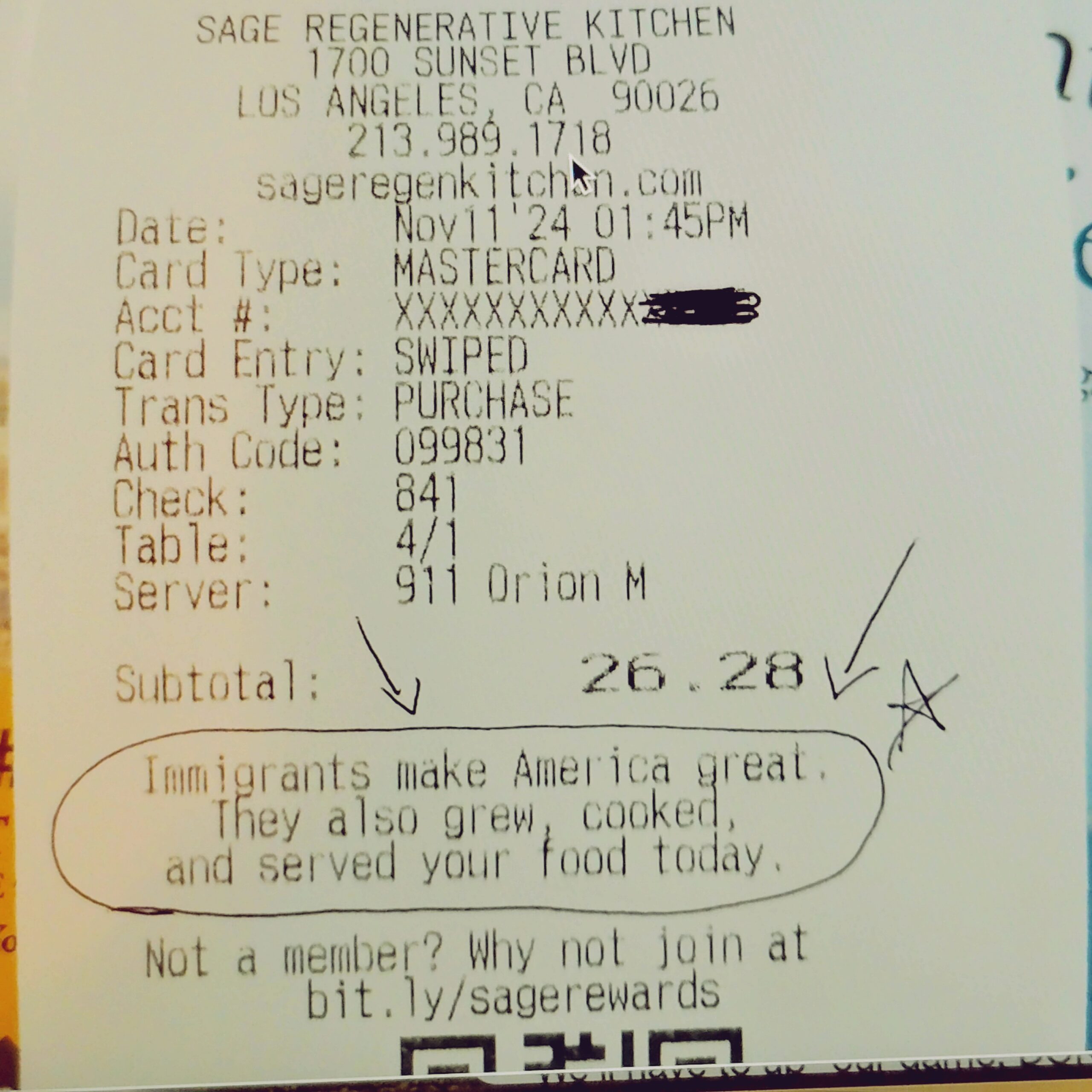Ted Nugent Is Wrong on the Facts
An acquaintance reposted a pack of lies from the rocker Ted Nugent. I’m not going to link to the original, but it will be easy to find. I responded thusly (uncapitalized quotes are directly from Nugent, who put his whole thing into one sentence):
I respectfully disagree. 1) Yes, Biden has some cognitive loss (so do I and probably so do you). Not nearly as much as T, who was reasonably coherent in his 2016 campaign but completely looney in 2024. And I’ve seen zero evidence that Biden knew about the cancer during his campaign. Where’s your evidence that he knew?
2) There is nothing mathematically impossible about Biden’s victory in 2020. Hate is a hard sell, and four years with T in charge was scary both for policy and for incompetence. OTOH, there is a LOT of strangeness about T’s 2016 numbers, eking out the narrowest victories in just enough swing states. It’s a lot easier to throw a few thousand votes than to throw hundreds of thousands. It just takes a few precincts.
3) “arrested anyone who contested it.” Nope. Arrested those who rioted, attacked police, destroyed government property, etc. But T is having people grabbed off the streets and thrown in foreign and domestic gulags for their political views and for their ethnicity.
4) “sanctioned an invasion.” Yes, Biden was horribly silent on the invasion of Gaza by Israel. But Nugent is more likely talking about immigrants at the Southern border, which was not an invasion. Invasions involve armed soldiers and instruments of war. What Hamas did on October 7, 2023 was an invasion, and so was Israel’s response. And so is the invasion by Putin against Ukraine—which Nugent is completely silent about.
5) “weaponized the courts, silenced speech” You mean the way T has done to a host of perceived enemies from prominent Democrats to Palestinian students? And T has also weaponized the DOJ, DHS, ICE, and several other agencies, not to mention attempting to blackmail colleges, universities, and law firms into suppressing dissent on his behalf and giving favors to him and his pet causes. Meanwhile, people being illegally kidnapped by daily ICE raids that violate any semblance of due process. Imagine what it feels like being dragged out of your car or home or required immigration hearing by heavily armed masked officers who refuse to show badges or warrants. The victims include many who are legally in the US, have immigration cases pending, and even a few who are citizens, and sometimes these kidnappings happen in front of their kids. And even those who are not here legally are entitled to due process they are not receiving. Imagine the anguish of Abrego Garcia, torn from his home and illegally deported by mistake (even according to the government) to a notorious prison in El Salvador for no reason, and now that government is refusing to lift a finger to get him back. Where is your outrage about that?
6) “turned the US into Sodom & Gomorrah”: I’m assuming Nugent is making a homophobic remark here. Personally, I’m delighted that people who love a partner who doesn’t fit the conventional mode now have the freedom to be public and even to marry. And I’ve read both the Old and New Testaments. Sodom and Gomorrah were destroyed because the visiting angels were threatened with violence (including rape) by a mob that surrounded Lot’s house. More like January 6, 2021 or Kristallnacht. Meanwhile, Jesus was all about love. Jesus defended immigrants, prostitutes, and the poor. He opposed war and violence in all forms. I suspect if He were alive today, Jesus would be attending Pride marches as a supportive ally.
7) Nugent’s post doesn’t talk about corruption. But he should, because T seems much more interested in monetizing the presidency than in actually running the country. The sheer scale of T’s corruption is unlike anything the US has ever seen. We’ve had massive bribery, selling access, squandering our hard-earned tax money to illegally sell crypto, and even accepting a “gift” superjet from a foreign government where he has business dealings. That plane is not only worth more than all gifts given to all previous presidents combined but will cost more than twice its stated value to bring up to security standards and then be turned over to T’s library when his term is over (so no future president gets to use this supposed gift to the nation). He accused Obama of spending too much time on the golf course, but he’s golfing almost every weekend, at enormous cost to the taxpayers. (Snopes estimated that just his first five 2025 trips to Mar-a-Lago cost taxpayers $22.2 million.) The whole sordid DOGE episode was all about vendettas and accumulating wealth and power for him and his billionaire friend who now, illegally, has access to the personal, supposedly private data about millions of our citizens. It didn’t save any money but it destroyed a lot of it.
His entire second term so far has been about greed, power, and repression. He’s carefully following the Project 2025 playbook, which in turn draws very heavily from what the Nazis did in the 1930s and 40s. Our democracy is at risk. Fascism CAN happen here. And that’s why I’m spending so much time writing pieces like this, marching in the streets, lobbying officials, and standing up for justice.

